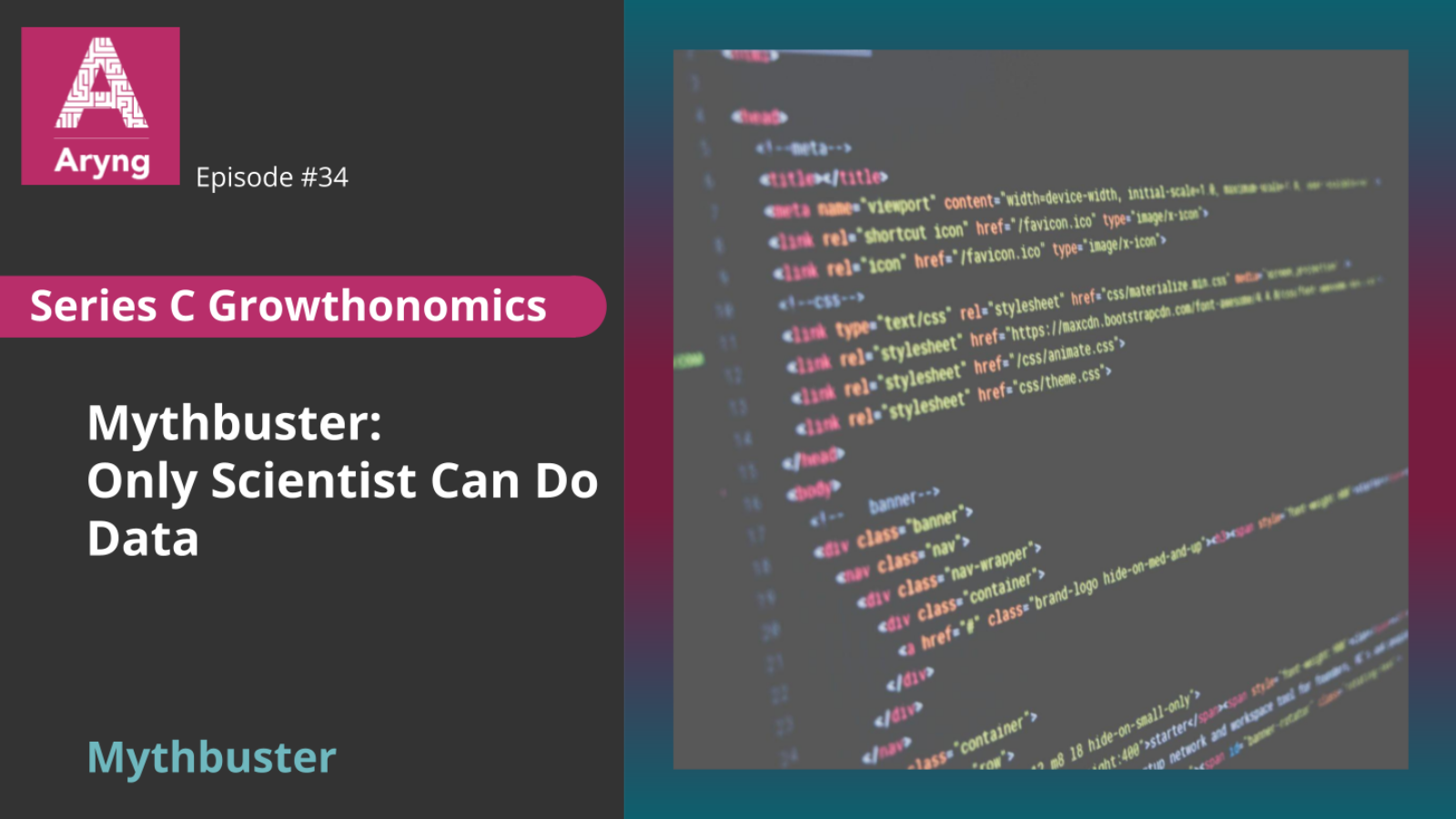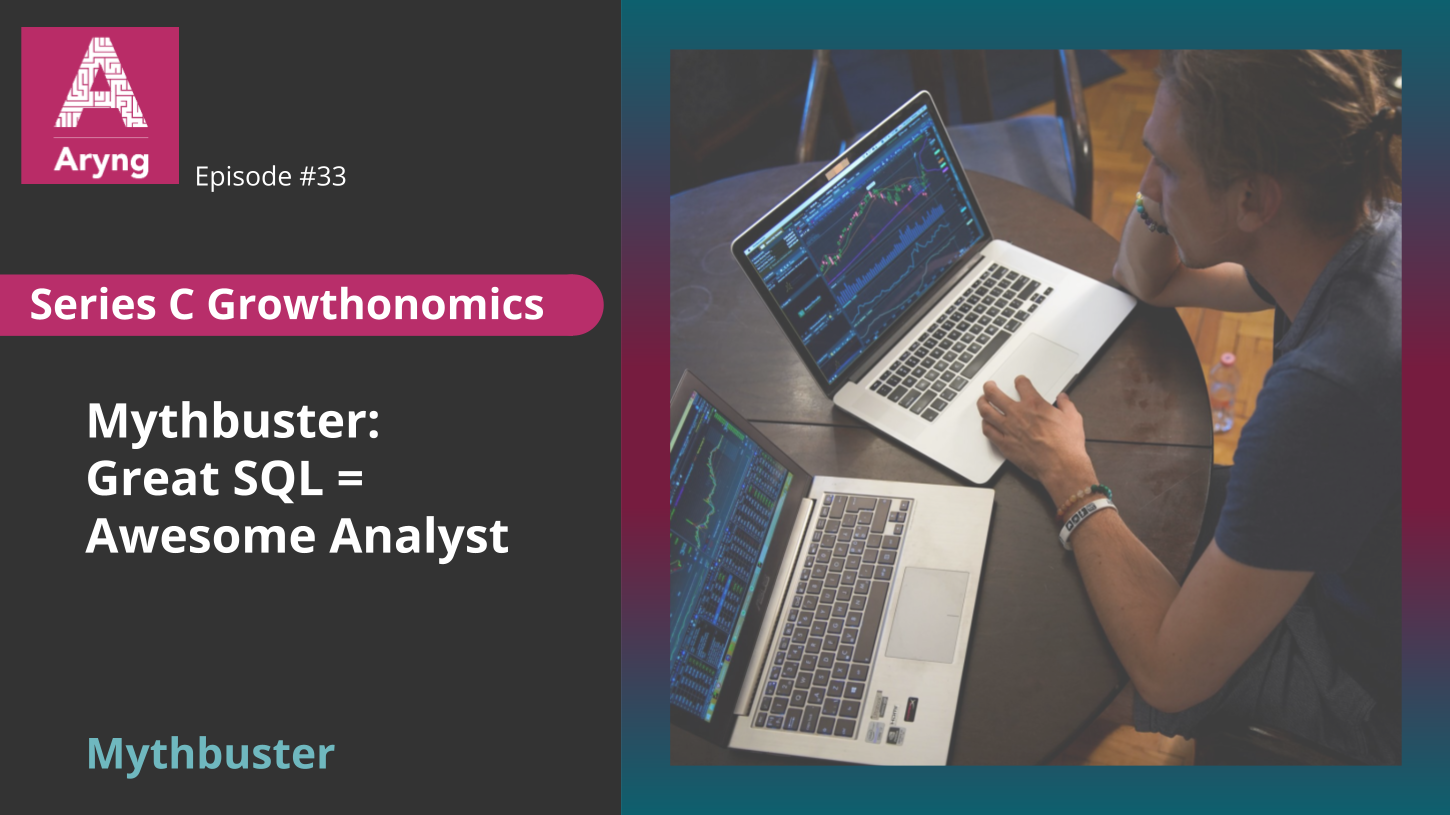Many people think you need to be a data scientist to extract insights from it. This can’t be further from the truth. Typically, a data scientist is considered as someone who uses statistical methods, machine learning, and AI approaches to solve problems, spending their day using tools like python or R using pre-existing libraries to mostly ‘predict.’
 Interestingly, this work, usually called ‘advanced analytics,’ only solves five to ten percent of business problems. The remaining eighty to ninety percent of business problems are solved using what is outside this realm of actual data science, where data is processed using simple methods that do not involve scripting or coding. This is often referred to as business analytics or sometimes just analytics.
Interestingly, this work, usually called ‘advanced analytics,’ only solves five to ten percent of business problems. The remaining eighty to ninety percent of business problems are solved using what is outside this realm of actual data science, where data is processed using simple methods that do not involve scripting or coding. This is often referred to as business analytics or sometimes just analytics.
What are the primary methods used to solve business problems?
Business analytics is a sub-section under analytics that focuses on methods to understand business performance and generate insights to improve business performance and planning.
Contrary to advanced analytics methods, business analytics methods majorly comprise:
1 – Aggregate function
An aggregate function helps summarise a variable with multiple values to get one aggregate figure of more significant meaning.
For example, an average and total count of a set of numbers will give a better idea of the number set than individual numbers. Standard aggregate functions include count, sum, max, min, and average.
2 – Correlation analysis
Correlation analysis is a statistical method used to measure the linear relationship strength between two variables and compute their association. In short, correlation analysis calculates the level of change in one variable due to a change in the other variable.
A high correlation indicates a strong relationship between the two variables, while a low correlation means that the variables are weakly related.
Read More: Understanding the difference between correlation and causation is critical in analytics. Read how we solve these using experiments.
3 – Trend analysis
Trend analysis helps when you want to look at one variable’s values over time to understand underlying patterns and drivers. The identified pattern helps understand the past values and the incidents that moved the values, which helps forecast future performance.
4 – Market sizing and estimation
Contrary to popular belief, this problem doesn’t use statistics but is usually solved using basic mathematics. In-depth knowledge of the market and willingness to research further helps your estimate get closer to the ‘actual’ value
The above four methods solve most of the business problems comprising eighty to ninety percent of business problems.
This can be done even using tools like Microsoft Excel or Google Sheets by anybody who understands how to use spreadsheets and these analysis methodologies.
Conclusion
You don’t need a seasoned data scientist to solve most of your data issues. Those capable of running such analyses for their work are typically called ‘Citizen Analysts.’ A citizen analyst can run analyses to generate insights, but their primary role isn’t putting data to work – e.g., a marketer, UX researcher, or even product designer.
Read More: Learn more about Data Literacy Personas.





